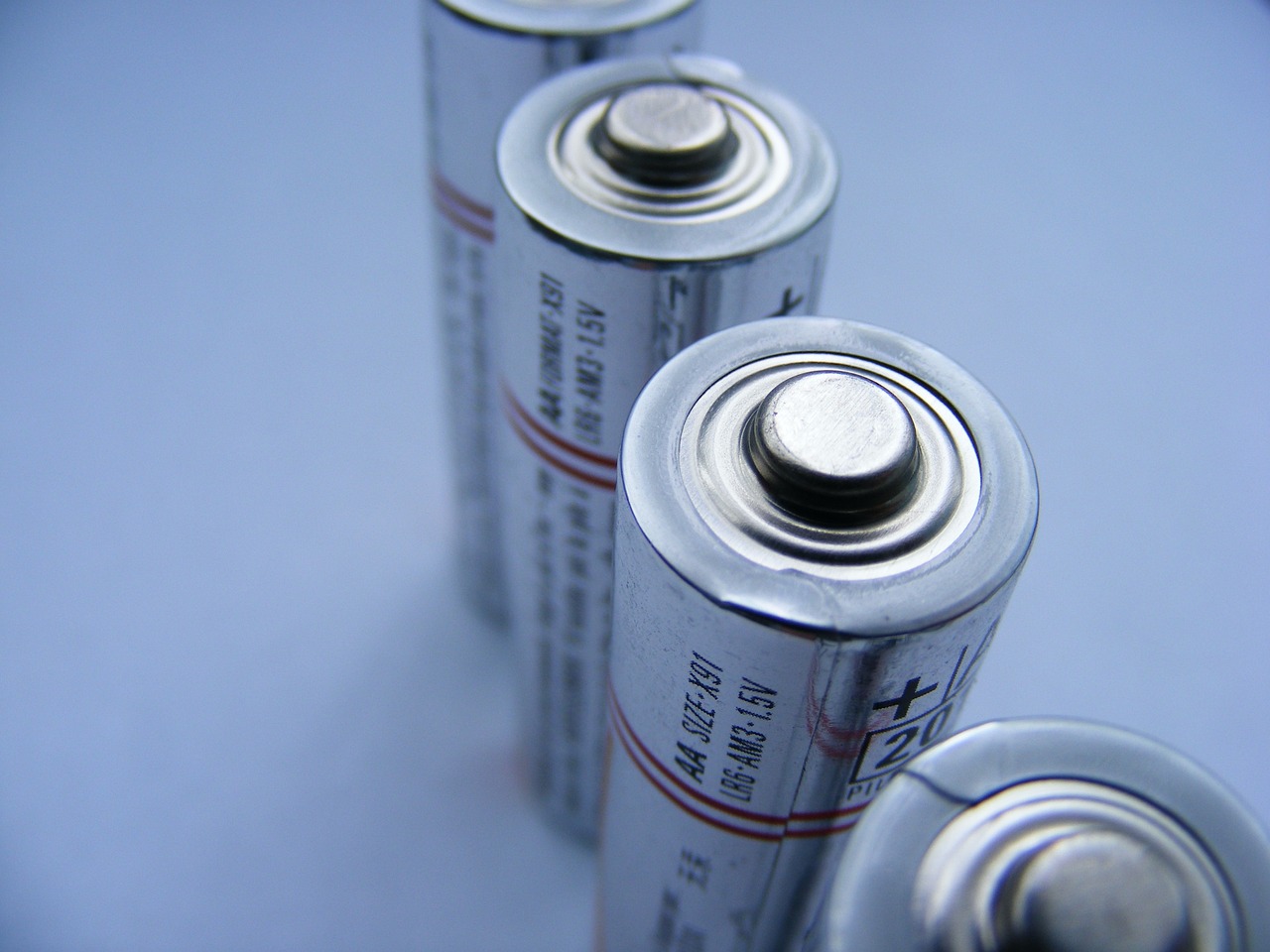This post is also available in:
 עברית (Hebrew)
עברית (Hebrew)
Micronuclear batteries capture energy from the radioactive decay of isotopes, a process often associated with nuclear waste, to generate electricity on a small scale, typically ranging from nanowatts to microwatts. Notably, this process remains unaffected by environmental factors such as temperature, pressure, and magnetic fields, making these batteries reliable power sources in situations where traditional batteries are impractical or difficult to replace.
Recently, researchers at Soochow University in China have unveiled a nuclear battery that boasts an astonishing efficiency—8,000 times greater than conventional designs. This advancement brings us closer to a future where miniature power sources can function for decades without the need for recharging.
However, this is not a novel idea; the idea of using radioactive decay to create long-lasting batteries has fascinated scientists for many years, but past designs suffered from low efficiency, limiting their practical applications. The breakthrough design utilizes americium, a radioactive element often viewed as nuclear waste. This element emits alpha particles, which are high-energy but lose their energy rapidly, making them challenging to harness effectively.
The research team addressed these limitations by embedding americium in a specialized polymer crystal that acts as a transformer. This crystal converts the energy emitted from the radioactive decay (in the form of alpha particles) into stable green light (luminescence). This light is then used to generate electricity via a photovoltaic cell, similar to how a solar panel converts sunlight into electrical energy.
Unlike regular batteries, the longevity of a micronuclear battery is dependent on the half-life of the radioactive isotope used. According to the study, Testing has shown that this battery can sustain electricity generation for over 200 hours with minimal radioactive material, positioning it as a safer and more sustainable option. While americium has a half-life of 7,380 years, the operational lifespan of this battery is expected to last several decades, limited by the gradual degradation of its encasing materials due to radiation exposure.
Experts recognize the significance of this breakthrough, noting the “much-improved conversion efficiencies and output power” compared to earlier battery technologies. As research continues, the potential applications for these durable, efficient power sources could reshape industries from aerospace to medical devices.


























